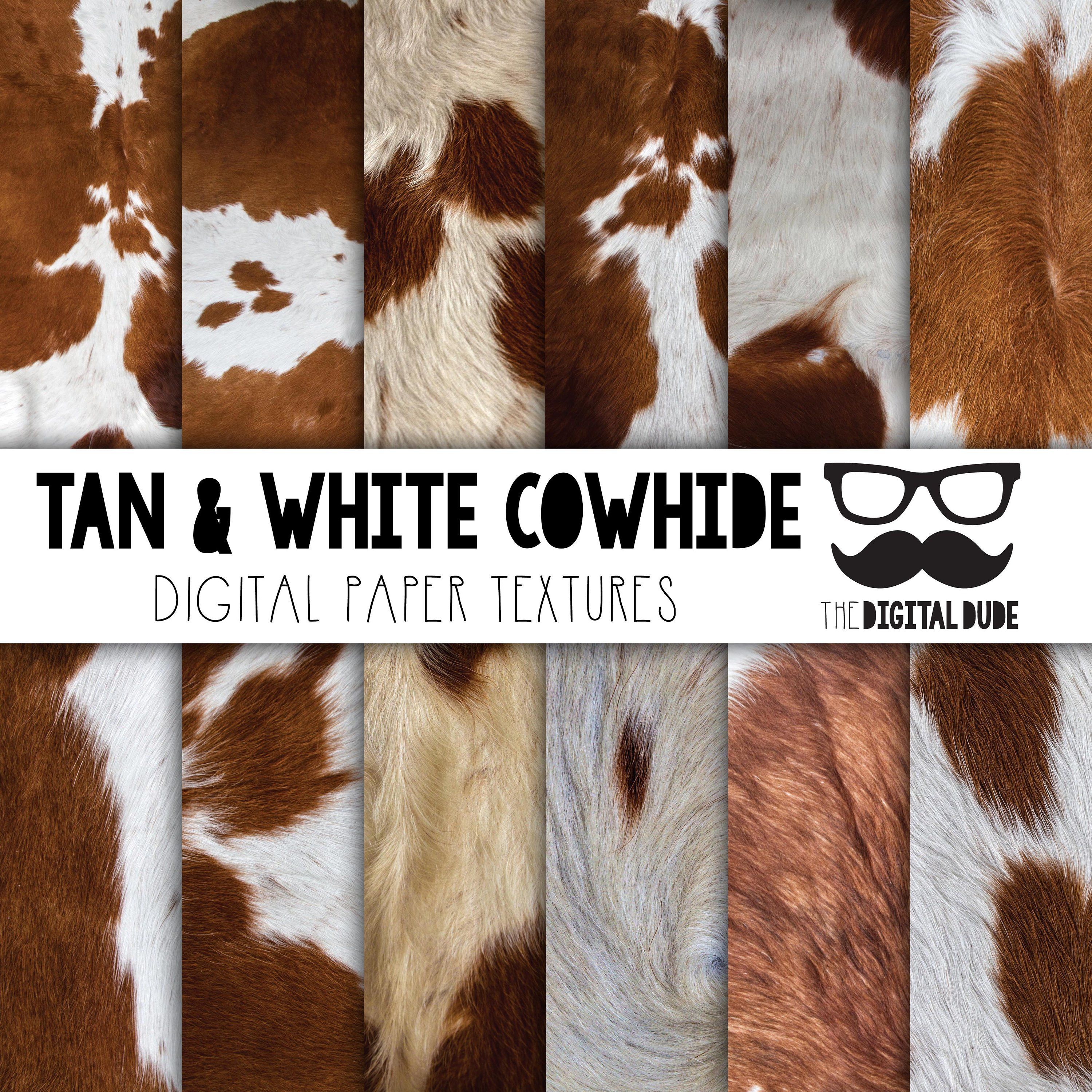

Warming the formula in warm water makes it more fluid. Drizzle Deer Hunter’s & Trapper’s Formula over the hide, including the tail. Use scissors to open the front leg holes so the hide will lie flat. Spread the hide on a working surface, hair side down. Allow the hide to soak for 10 minutes.Ĩ) Remove the hide from the solution, wash it again and knead the water from it. Wash it thoroughly with water, and put it in a neutralizing solution made up of 1 tablespoon of baking soda per gallon of water. The pickle must be kept above 55 degrees.ħ) The hide may be removed at 48 hours (72 hours for deer, otters and other thick-skinned animals). Check the pH the next day to be sure it is lower than 2. Spread the hide to make sure it isn’t stuck together anywhere, and add it to the pickle. Apply soap to both sides of the hide, work it in and then rinse thoroughly under running water to remove all soap.ĥ) Hold the hide by the nose and squeeze out as much water as possible with the other hand, moving downward.Ħ) Move the pickle into a plastic bucket.

Use a small pair of scissors to trim any meat and fat from around the nose, eyes and ears.Ĥ) Wash the hide with generous amounts of dish-washing liquid and water to remove any dirt, blood and debris. Start at the nose and work toward the tail, moving the wand constantly to prevent it from cutting through the hide.ģ) Untack the hide from the plywood. With a pressure washer of at least 2,200 psi and a fan nozzle in the wand, blow the fat and membranes off the inside of the skin. Check the pH with the test strips: If it is higher than 2, add more citric acid.Ģ) While the pickle is cooling, prep the hide by tacking it fur side down and spread open on a sheet of plywood set on sawhorses.

Heat the water to dissolve the salt, and then turn the heat off. Ricks buys his pH test strips online from Indigo Instruments.Īfter he skins a coon, here are the steps to a properly tanned hide:ġ) Make the pickle by adding at least 1 pound of salt and 3 ounces of citric acid per gallon of water. Citric acid can be found in the canning and jelly section of any grocery.

Items needed for pickling include salt, citric acid and pH test strips. I would say they are all easy to work with,but tanning skills require practice.Pretty hard to go wrong when you do an alum tan first.Ī beaver and an otter veg tanned with quebracho after being alum tanned first.This tan is great for mitts as the leather is extremely durable.Every hide must be “pickled” before tanning, using 1 gallon of water per hide. You can veg tan a furskin that has been alum tanned first and get lasting garment quality product.Quebracho is the veg tanning agent most easily obtained(the brown logwood trap dye is quebracho).The only problem is it stains the fur of light colored animals.Bark,leaves and galls of certain plants,etc have tannins in them and they can be extracted for tanning purposes,it depends on how much work you are prepared to do.Large tanneries in the mid 1800's were located in central Ontario because the bark of the hemlock tree(high in tannin) was readily available. Tanning chemicals can be slightly caustic but they are not toxic unless you drink them or something like that.Īfter an alum tan you can re-tan with any commercial tanning product with great results.A good one is Lutan F.I have been told.I have never used that particular product yet.


 0 kommentar(er)
0 kommentar(er)
